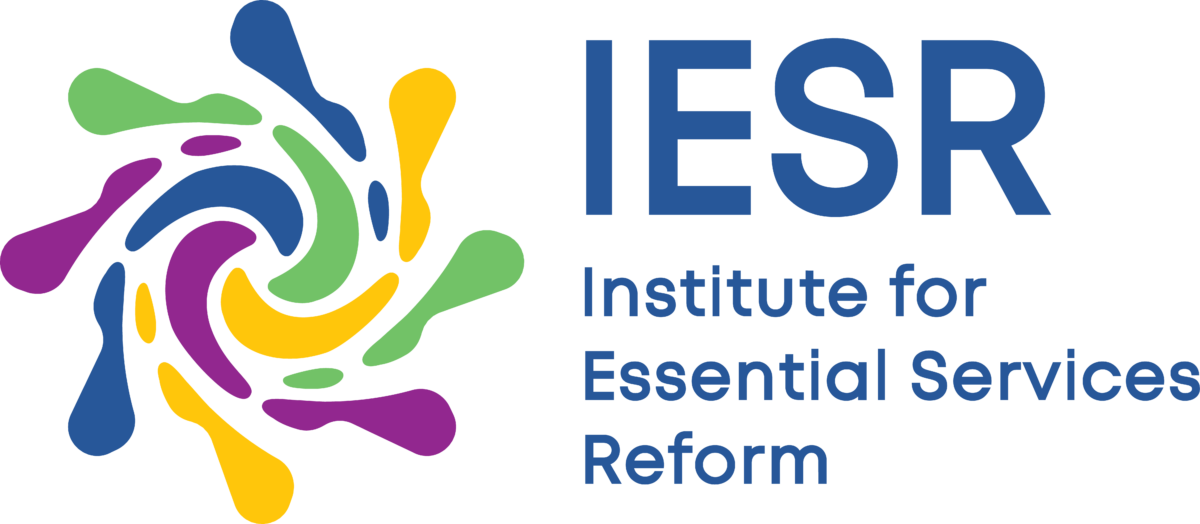Jakarta, August 22, 2025 – Indonesia is committed to achieving its net-zero emissions target by 2060 or sooner. To do so, economic growth must align with climate commitments. In 2023, the industrial sector contributed 34% of national emissions. At the same time, this sector also drives the economy, contributing 18.9% to the Gross Domestic Product (GDP) and employing over 19.3 million people. A low-carbon economy can improve environmental sustainability and boost economic growth, with an estimated average GDP increase of up to 5.11% by 2060.
To realize a competitive and low-emission national industry, the Ministry of Industry, the World Resources Institute (WRI) Indonesia, and the Institute for Essential Services Reform (IESR) have formulated an Industrial Decarbonization Roadmap. This roadmap aims to achieve net-zero emissions by 2050, which is earlier than the national target of 2060. During the Annual Indonesia Green Industry Summit (AIGIS) 2025 (August 20-22), Minister of Industry Agus Gumiwang Kartasasmita affirmed that the government is encouraging industrial transformation through the decarbonization roadmap, fiscal incentives, ease of investment, and resource efficiency regulations.
The Decarbonization Roadmap covers nine energy-intensive subsectors: cement, iron and steel, fertilizers, chemicals, pulp and paper, textiles, glass and ceramics, automotive, and food and beverages. Based on their emissions profile, 46% of emissions in the manufacturing industry come from direct energy generation, 16% from purchased electricity, and 38% from chemical processes in production and product applications (Industrial Processes and Product Use, IPPU).
There are five types of decarbonization programs or strategies used in the design of the Industrial Decarbonization Roadmap. The primary priority is to reduce emissions, not just neutralize them. Emission reduction strategies include energy and material efficiency, fuel and material substitution, electrification and low-carbon electricity, and process upgrades. Meanwhile, emission neutralization strategies include carbon capture, utilization, and/or storage.
According to the Head of the Ministry of Industry’s Center for Green Industry, Apit Pria Nugraha, “The decarbonization roadmap has been prepared for nine industrial subsectors with significant projected emission reductions. This amounts to 66.5 million tCO2e emissions by 2035 and 289.7 million tCO2e by 2050. This document is still a living document and will be continuously updated to include sectors that are not yet covered.”
At AIGIS 2025, the Ministry of Industry presented the progress of the Industrial Decarbonization Roadmap, which will result in two reports: a Technical Report to be launched in September 2025 and a Policy Report to be launched in March 2026. The Technical Report will cover the trajectory of industrial emission reduction, the best decarbonization strategies, the impact on product price increases, and the total energy and material needs for implementing the strategies. The Policy Report will include an analysis of policy gaps in technology, funding, and regulations to support the roadmap’s implementation, as well as recommendations for a policy framework. The plan is for the Ministry of Industry to issue a Ministerial Regulation on the Industrial Decarbonization Roadmap in stages for each subsector, starting in September 2026.
The Chief Executive Officer (CEO) of IESR, Fabby Tumiwa, stated that IESR participated in preparing the decarbonization roadmap for four sectors: textiles, glass and ceramics, automotive, and food and beverages.
“The industrial decarbonization roadmap is a crucial strategy to achieve President Prabowo’s ambition of 8% economic growth. Without a transition away from fossil fuels, this ambition will be difficult to achieve amid strict global emission standards for international trade and market demand for low-emission products. Implementing the roadmap will not only ensure that Indonesian products are competitive in the export market but also attract new investment, increase productivity, reduce operational costs, and strengthen energy independence through the use of renewable energy. Another impact of a low-emission industry is that it can pave the way for the development of the green manufacturing industry and the creation of new jobs,” Fabby explained.
Nirarta Samadhi, Country Director of WRI Indonesia, said that the achievement of the Industrial Decarbonization Roadmap is based on three pillars: “First, affordable and reliable low-carbon energy and materials. Second, green funding and incentives to encourage industrial transformation, such as green taxonomy, carbon pricing, and innovative financing schemes. Third, integrated policies and regulations that provide direction and create a supportive climate, such as emission standards, green product labels, and a domestic market for low-carbon products. This can only be achieved if we build a comprehensive green industrial ecosystem where energy, finance, and regulations work together to support each other.”

